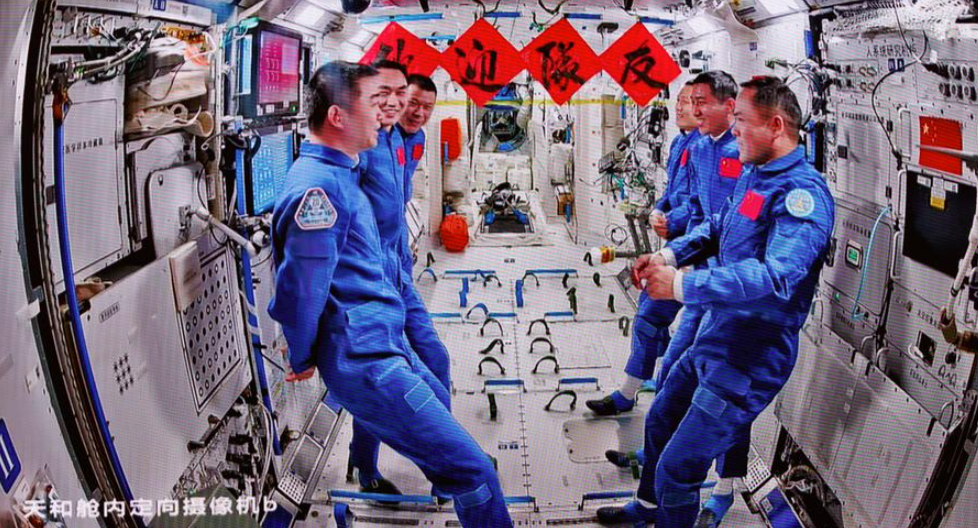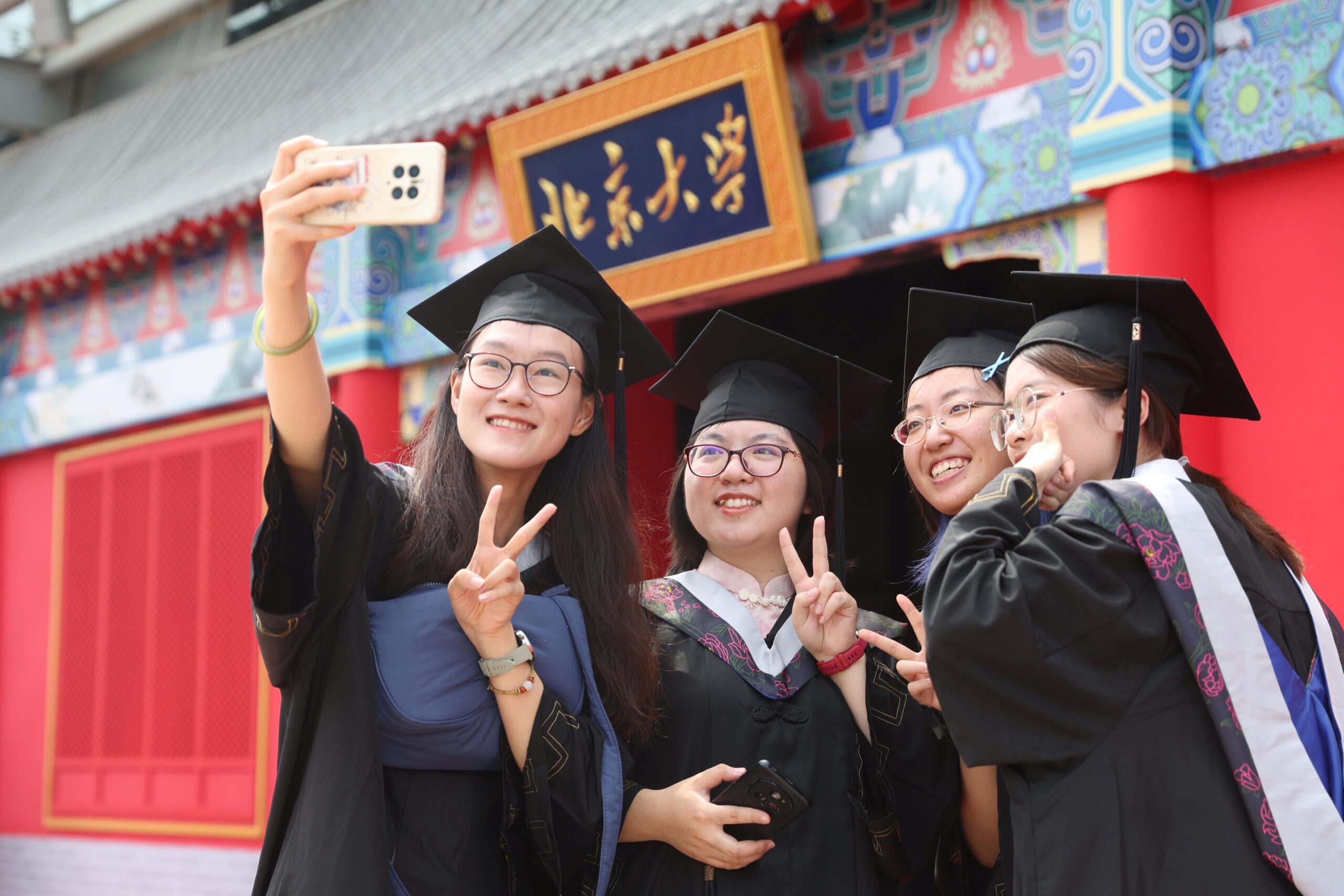When young Chinese go travelling, the most important thing is daka tourism (打卡) – punching the card.
Recently, the Chinese video game Black Myth: Wukong sparked a tourism boom in North China’s Shanxi province. Sights from the province were prominently featured in the game, and domestic Chinese tourists poured in to see them. When there, the goal of many young tourists’ was to find the best spots to take photos and then post them on social media. This is daka, punching the card.
In recent years, the daka culture has become popular in China. The term daka translates to “punching the card”, and originally refers to the act of using a card to punch in and out of work. The current trend has given it a completely new meaning in China, marking one’s visit to a hot travel spot by posting a photo or a video on social media, such as Douyin and Xiaohongshu.
In Shanxi province to daka the scenes from Black Myth: Wukong, one of the most popular poses is to take “high-five with Buddha” selfies.

Photo shows tourists daka the red wall outside the Drum Tower in Beijing. Image from CNS.
Daka tourism has gradually become more popular, especially among Chinese millennial travellers. They are called “daka zu”(打卡族). Young Chinese want to tour as many destinations as possible to complete their daka mission. When arriving at a new travel spot, they will always take selfies to prove their daka footprints.
The daka craze among young Chinese has been driven by several different factors. In a survey earlier on the reason for the emergence of daka tourism, some respondents attributed the fast pace of life and limited leisure time. With limited time off, packing in as much as possible in a short time has its benefits. Others said the tourist attractions are always crowded, making it difficult to explore in depth. Daka allows one to visit multiple tourist attractions in a short period of time.
However, there is more to this trend than just aesthetic daka pictures quickly taken at the most popular destinations.
For young travellers, travelling is not just about physical movement or seeing a new location, but also a display of their ways of life. There’s a depth to daka tourism beyond just taking pictures. Cultural daka tours are common, and museums are hot destinations. The strong cultural heritage and rich historical collections of China play a crucial role in attracting visitors. The integration of culture and tourism has made a museum craze. On social media platforms, people share videos or posts about their museum visits and buy related cultural and creative products.
Young Chinese are also enthusiastic about chasing after delicious food to daka in a city. Even if they need to travel thousands of miles to another city. A bowl of Luosifen (rice noodle soup with snails), a cup of milk tea, or a skewer of barbecue can all be the reason for their daka mission.

Photo shows tourists daka Luosifen in Liuzhou City, Guangxi Province. Image from CNS.
On apps like Xiaohongshu the daka locations of previous travellers also help showcase under-the-radar destinations and unlikely spots for China’s countless tourists to find.
However, sometimes there are unintended consequences. Recently, a hospital in Shanghai became hot daka destination because of its European retro-style architecture and a European-style coffee shop inside. The tourists’ behaviour in a hospital caused significant controversy, with concerns over how it affects patients and the running of the hospital.
If you liked this article why not read: Chinese Tourists head to Shanxi Province to Experience Black Myth: Wukong











